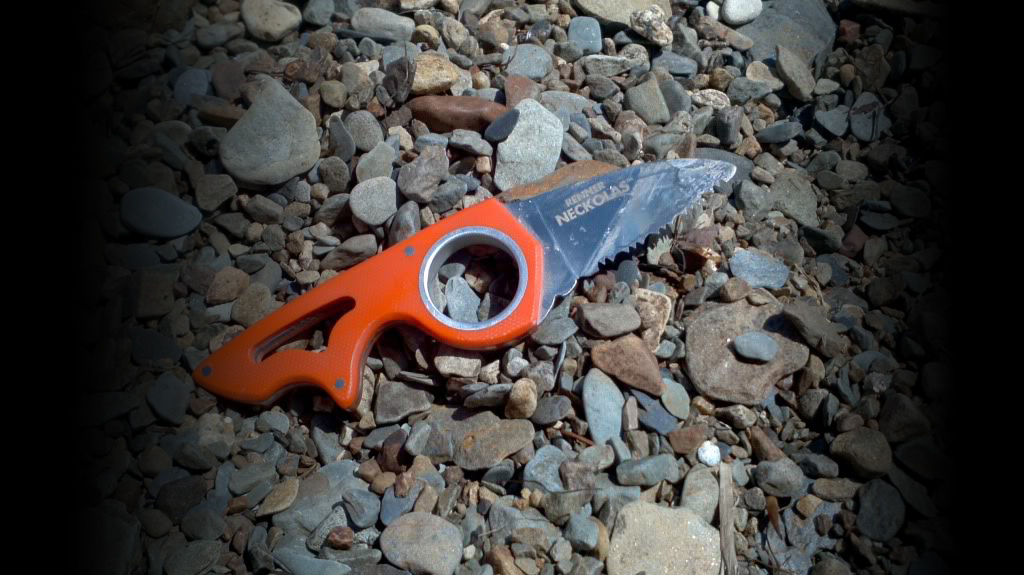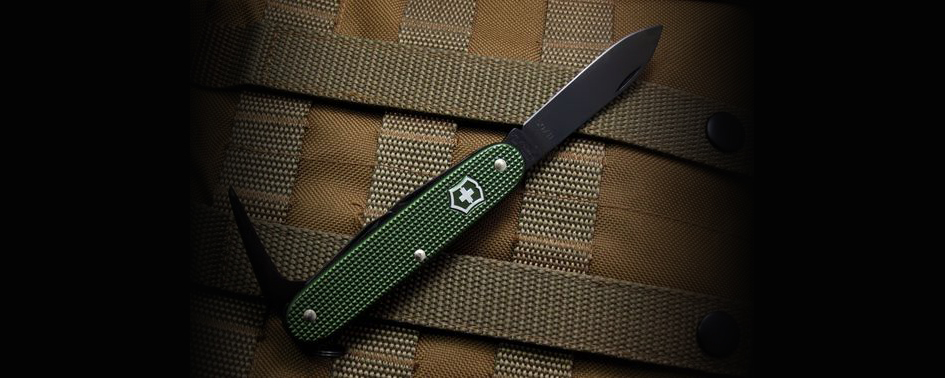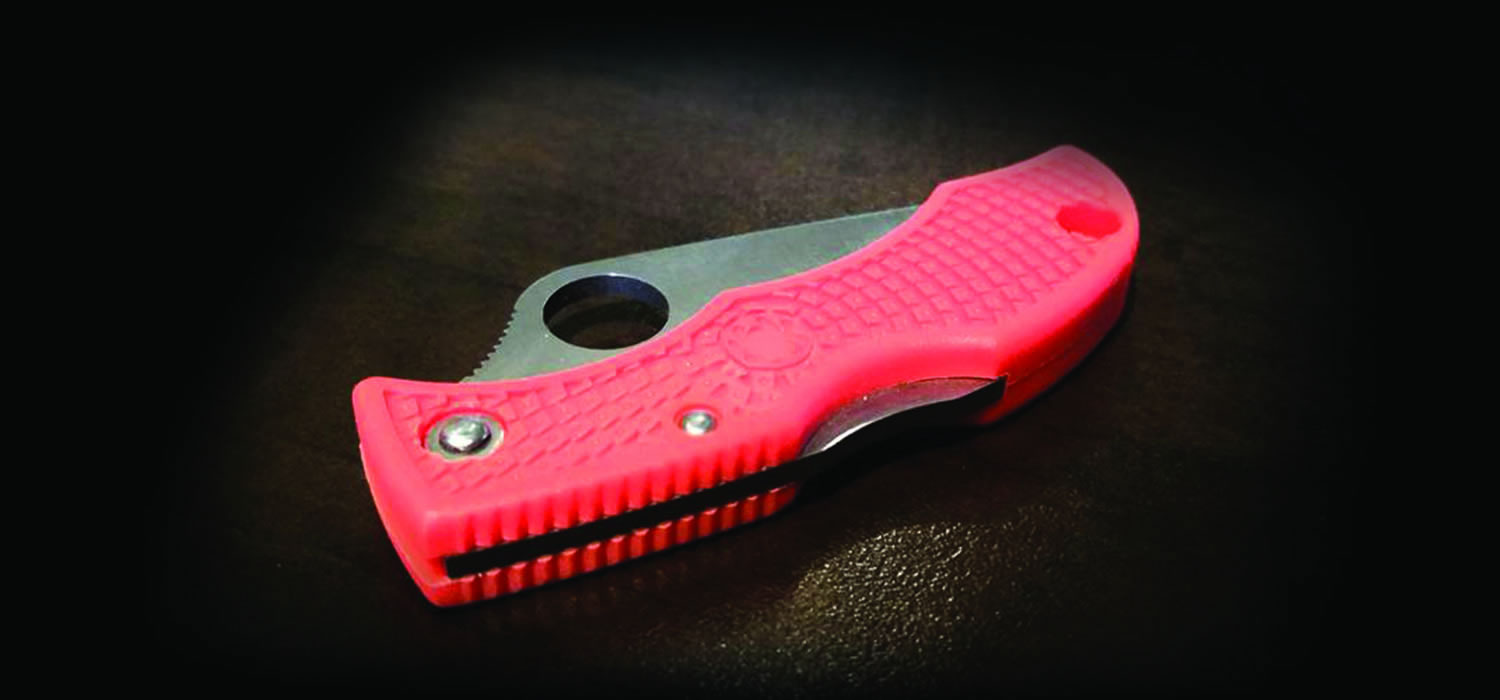The company’s most recent release stirred up exactly that kind of reaction. Leatherman teased the launch with close-up images of various parts, sparking speculation. Many people hoped for a brand-new multitool, but the reveal was something different: a line of pocket knives. The response was immediate and divided. Some complained that Leatherman was ignoring feedback, while others saw a strategic expansion into a segment where the company wants more market share.
This release includes five knives: a mix of fixed blades and folders, all made in-house at a new Leatherman facility. The choice to produce them internally, rather than outsource, shows a serious commitment to the project. Each knife features CPM MagnaCut steel, currently one of the most popular premium steels for its excellent balance of edge retention, toughness, and corrosion resistance. Handle materials vary, with G10 for the fixed blades and stainless steel for the folders. The price range, $279 to $299, has also been a point of contention. While high, the pricing reflects both the materials and domestic manufacturing. It places the knives squarely in Benchmade territory, which has faced similar criticism.
All of that leads us to the Leatherman Blazer. It is difficult to review this knife without touching on the debates surrounding it.


For the Blazer, Leatherman made the unusual choice of using stainless steel handles in this price range. The reason, according to the company, is that the design eliminates the need for liners or extra hardware, resulting in a clean, streamlined look. Despite being all steel, the handle is not overly heavy thanks to extensive internal milling. The design is minimal yet attractive, with a straight profile, a generous index groove, and well-chamfered edges. The Cerakote finish has held up well, showing no scratches or snail trails in my use. I chose the denim color, which pairs nicely with the gold and silver hardware. The texture is slightly reminiscent of 3D printing, likely a byproduct of the milling process. The handle fits my average-sized hands comfortably, with room for all four fingers. There is no jimping, but the knife has enough control without it.


The lock is Leatherman’s new Compression Wedge Lock. Much like the way the Benchmade Axis Lock patent expiration led to wider use, the same has happened with Spyderco’s Compression Lock. Leatherman has adapted the idea by making it button-actuated and reinforced. When I first received the knife, I could not figure out the purpose of the metal piece opposite the button. After disassembly, I found that a spring pushes a solid steel piece that acts as both the button and the lock. This piece extends through to the opposite side, forming part of the lock’s structure. It is not a traditional compression lock; in function it is closer to a Demko Shark Lock, engaging from the side against the blade tang. The mechanism is simple, strong, and easy to clean.


For the pocket clip, Leatherman went with what appears to be a wire clip but with a twist. Instead of actual wire, they used square-profile steel shaped like a wire clip. At first, I found it odd and too tight, but it grew on me. Its rigidity solves one of my complaints about traditional wire clips, which is side-to-side movement. This one stays put, and it slides in and out of a pocket smoothly without snagging.

The lanyard on the Blazer is a nice touch. The cord is thin, a little stiff, and feels like it’ll hold up well over time. The bead has Leatherman’s branding on both sides with a clean knurled texture around the edge. It’s not just for looks either — the bead doubles as a bit driver for taking the knife apart, and it even comes with a double-sided bit though there no unique way to store it.

The Blazer’s blade is a drop point in MagnaCut steel. I chose it over the Glider, which is a sheepsfoot, because the drop point offers more general utility. The high flat grind makes it an excellent slicer, and the tip is precise enough for detailed work. It has handled everything from opening Amazon boxes to kitchen prep. Edge retention has been excellent, though the company lists a hardness range of 60–63 HRC, which is a fairly broad spread. MagnaCut performs best at the higher end, so this range is curious for a company like Leatherman. I have not pushed the knife hard enough to detect softness, and after weeks of use, a ceramic rod was all it took to restore shaving sharpness. Corrosion resistance has been flawless.

Opening is via an oval-shaped thumb stud, somewhere between a standard round stud and a flat disc. It took some getting used to, especially for fast deployment, but slow rolling it open is smooth. My guess is that the oval shape echoes the lock’s design motif.

Overall, the Blazer is a capable, well-engineered general-purpose knife with a distinctive design. It is nontraditional for Leatherman, both in concept and in execution. The price will be the sticking point for some buyers, but the build quality and materials are there. Whether you see it as bold innovation or a misstep will depend on which side of the Leatherman divide you are on.






